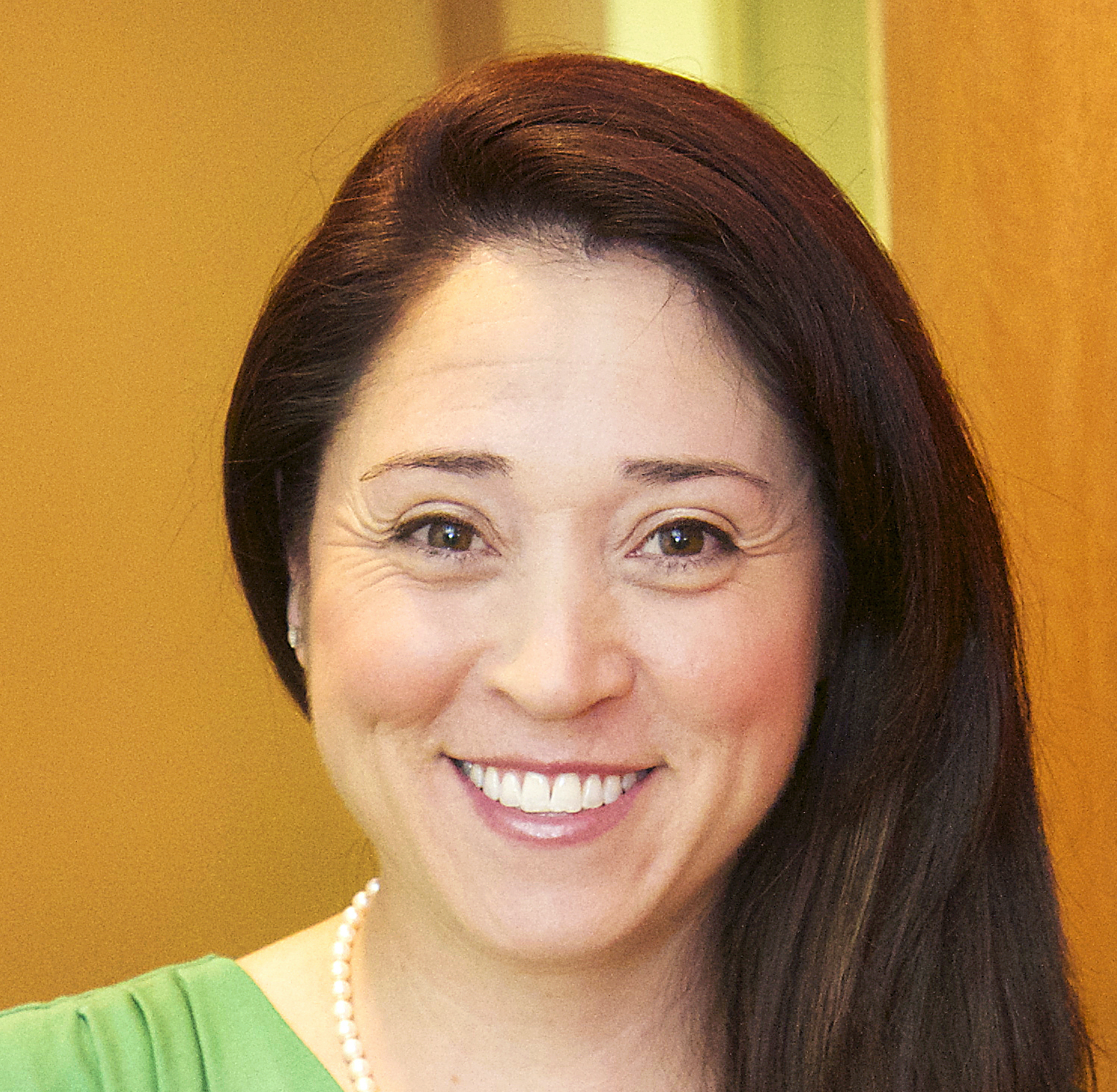Colleges and universities that serve traditional-aged students often think about their audiences as concentric circles, with students, faculty and staff at the center, moving out to encompass other constituents such as alumni, donors and parents.
This structure is driven by the belief that students are adults capable of navigating the college experience independent of their parents. In fact, for situations in which we’ve counseled campuses on crisis communications and suggested directly communicating with parents, we often learn their contact information is outdated or incomplete because parents aren’t a primary audience for communications.
COVID-19 has brought parents front and center as a key audience. In the early days of the pandemic, it felt essential to be transparent and share all relevant information.
But as we’ve shifted from crisis to our current state, we’ve maintained sustained communications with parents, creating expectations among parents that they will continue to be a primary audience. This includes expectations that campus leaders will communicate about topics well beyond the global health emergency.
More from UB: 4 ways to optimize alumni networks for student success
We believe strongly that doing so undermines the sense of responsibility and self-advocacy that institutions have worked so hard to instill in our traditional-aged students, robbing them of essential life skills and experiences.
Send messages to students first
As we head into the spring semester and plan for the next class of students who will join our communities in the fall, we need to stop and reassess whether we can—and should—continue to keep parents among our primary audiences. And if not, we need to plan for how we start strategically reprioritizing and empowering our students without jeopardizing this new level of engagement with parents.

To do so, we first need to reestablish the understanding and reset the expectation that students are our primary audience. It can be as simple as sending important messages to students first, and then forwarding them to parents to underscore the fact that our communications focus is on students.
It can also mean noting in parent Facebook groups and forums that information was sent directly to their student and they should ask their student for an update and conversation.

We often hear colleagues lament the involvement of helicopter parents on campus and in the same breath talk about the significant time they spend monitoring and responding to the Facebook group conversations among parents. Often posts are one-on-one customer service requests for issues and challenges their students should be managing themselves.
Constant social media engagement with parents from communications and advancement teams sets the expectation for individualized responses to parents for every minor detail; we need to shift instead to generalized institutional statements when necessary and referring parents to their students for further information. This leaves our colleagues free to explore more meaningful and beneficial ways to connect with parents.
Developing and empowering adults
We can strategize about involving parents in a more community-focused manner, similar to how we connect with alumni. Not every community message about institutional minutiae involves nor is sent to alumni, and similarly every community message should not include parent audiences.
We want parents to be engaged in the life of the institution but not their students’ direct and daily experiences. There may be an opportunity for collaboration between communications and advancement, not necessarily for gifts but rather for building and recalibrating relationships with parents.
More from UB: How do college students feel about remote learning?
Communications must be informed by strategy, and COVID-19 didn’t give us the luxury of time to plan for how we can and should engage parents. But as we hold out hope for some return to normalcy with the distribution of vaccines, now is the time to reset this critically important relationship so that it is still useful and informative, and parents feel like they’re receiving the information they need to know versus want to know.
To truly fulfill our mission of developing adults who are ready to engage with the world and help tackle its biggest problems, we must empower them, and not their parents, to deal with the day-to-day challenges of college life.
Teresa Valerio Parrot is the principal and Erin Hennessy is the vice president of TVP Communications, a national public relations and crisis communications agency solely focused on higher education.





